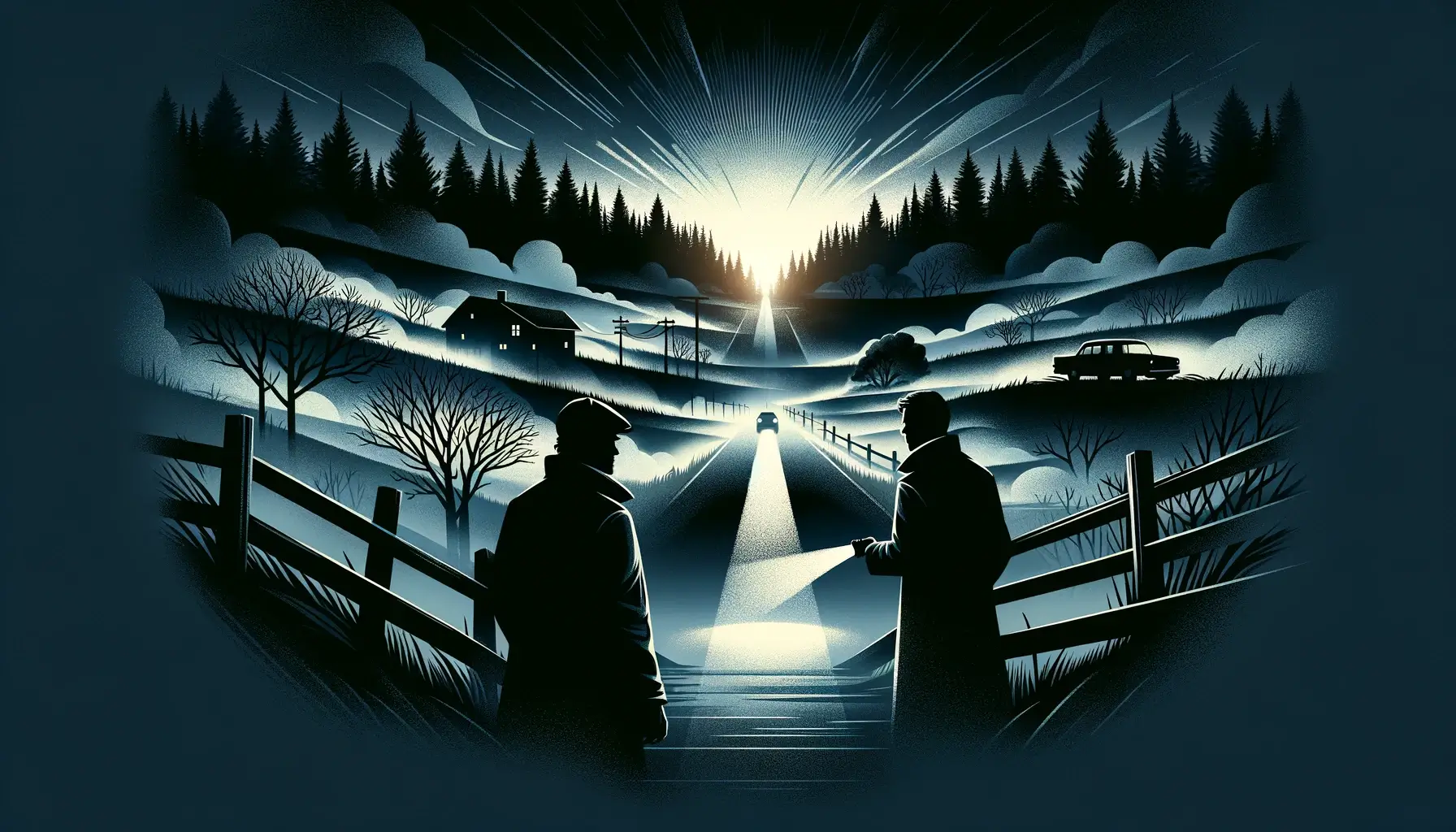“Tenet” is a science fiction thriller directed by Christopher Nolan. The movie’s plot revolves around the concept of time manipulation and inversion, rather than straightforward time travel. Here’s a detailed summary of the plot:
The protagonist, whose name is never revealed and is simply known as The Protagonist, is a CIA operative who gets recruited by a mysterious organization called Tenet. He discovers that the future has developed technology that can invert the entropy of objects and people, allowing them to move backward through time.
The Protagonist teams up with Neil, a handler appointed by Tenet, to prevent a global catastrophe. They learn that a Russian oligarch named Andrei Sator is communicating with the future and retrieving inverted materials that could lead to the end of the world. Sator’s plan involves a “dead man’s switch” that will trigger a doomsday device if he dies, an event orchestrated by the future to prevent their own destruction due to humanity’s environmental failures.
The central mission of the film involves a complex temporal pincer movement, where events are coordinated simultaneously in forward and reverse time to intercept and prevent Sator from ending the world. The Protagonist and his team must navigate multiple time frames and locations, including a dramatic sequence at an airport and a climactic battle at a closed city in Siberia.
In the end, it’s revealed that The Protagonist was the one who actually founded Tenet in the future, recruiting everyone including Neil, who ultimately sacrifices himself to save The Protagonist and complete the mission. The movie ends with The Protagonist realizing his role in the grand scheme and deciding to protect the timeline, ensuring that past events lead to the desired future.
“Tenet” is known for its complex narrative structure and the use of practical effects and stunts to illustrate its intricate time inversion mechanics.
“Tenet” is a cinematic spectacle known for its ambitious filmmaking techniques, extensive use of practical effects, and complex narrative structure. Director Christopher Nolan, known for his preference for practical effects over CGI, pushed the boundaries of what could be achieved on camera for this film. Here are some key aspects of how “Tenet” was made:
- Practical Effects and Stunts:
- Nolan used practical effects wherever possible to enhance the realism of the film. For instance, one of the film’s most talked-about sequences involves a Boeing 747 crashing into a hangar. Instead of using miniatures or computer-generated imagery (CGI), Nolan opted to use a real 747 because he found it more cost-effective and visually impactful.
- The fight scenes involving “time inversion” were choreographed in both forward and reverse. This required the actors to learn and perform the scenes in reverse motion, a challenging task that added authenticity to the inversion effects.
- Locations and Cinematography:
- “Tenet” was filmed in seven countries across three continents, including Denmark, Estonia, India, Italy, Norway, the United Kingdom, and the United States. This global scale was crucial in portraying the international stakes of the film’s plot.
- Cinematographer Hoyte van Hoytema used a mix of IMAX and 70mm film to capture the expansive scenes, ensuring high-quality visuals that are both immersive and detailed.
- Sound Design and Music:
- Ludwig Göransson composed the score for “Tenet,” stepping in for Nolan’s regular collaborator Hans Zimmer. Göransson’s score uses a blend of electronic and orchestral elements, and it plays with time itself — incorporating elements that are heard both forwards and backwards, aligning with the film’s theme of inversion.
- The sound design is intricate, with sounds also designed to flow both forwards and backwards, contributing to the disorienting effect of the time inversion scenes.
- Editing and Narrative Structure:
- The editing process for “Tenet” was complex due to its non-linear narrative structure. Editor Jennifer Lame had to carefully piece together scenes to maintain continuity while dealing with sequences that run forwards and backwards in time. The challenge was to keep the narrative coherent despite these complexities.
- Nolan’s screenplay for “Tenet” is structured to gradually reveal the mechanics of its world, requiring viewers to actively piece together the clues scattered throughout the film.
“Tenet” represents a high watermark for ambitious, large-scale filmmaking, combining innovative storytelling with groundbreaking practical effects. Nolan’s commitment to enhancing the cinematic experience is evident in every aspect of the film’s production.
“Tenet” received mixed to positive responses from both viewers and critics upon its release, particularly noted for its ambitious scope and technical achievements but also criticized for some aspects of its execution. Here’s a breakdown of the responses:
- Critical Reception:
- Critics praised “Tenet” for its visual spectacle and the originality of its central time inversion concept. Director Christopher Nolan was lauded for pushing the boundaries of storytelling and the technical aspects of filmmaking.
- However, the film also faced criticism for its complex narrative, which some reviewers found confusing and difficult to follow. The sound mixing was another point of contention, with complaints that dialogue was often drowned out by the background score and sound effects, making it hard for viewers to grasp the plot fully.
- Audience Reaction:
- Audience reactions were similarly mixed. Some viewers appreciated the challenge of piecing together the intricate plot and enjoyed the film’s intellectual engagement. Fans of Nolan’s previous works, especially those who enjoy puzzle-like narratives, tended to appreciate “Tenet” more.
- Conversely, other viewers found the movie overly complex and criticized it for what they felt was a lack of emotional depth. The characters were seen by some as underdeveloped, serving more as vehicles for the plot’s mechanics rather than as relatable individuals.
- Box Office:
- “Tenet” was one of the first major films to release in theaters during the COVID-19 pandemic, which significantly affected its box office performance. Despite these challenges, it performed relatively well, particularly in international markets, indicating strong interest and a solid fanbase for Nolan’s films.
- Awards and Nominations:
- The film received several awards and nominations, highlighting its technical strengths. It was nominated for Best Visual Effects and won Best Production Design at the Academy Awards, underscoring the recognition of its technical and aesthetic achievements.
Overall, “Tenet” is considered a polarizing film—while it was celebrated for its ambition and the audacity of its craft, it was also perceived as esoteric and inaccessible by a segment of the audience and critics. Despite the divided opinions, it remains a significant cinematic work for its innovative approach to narrative and visual storytelling.




